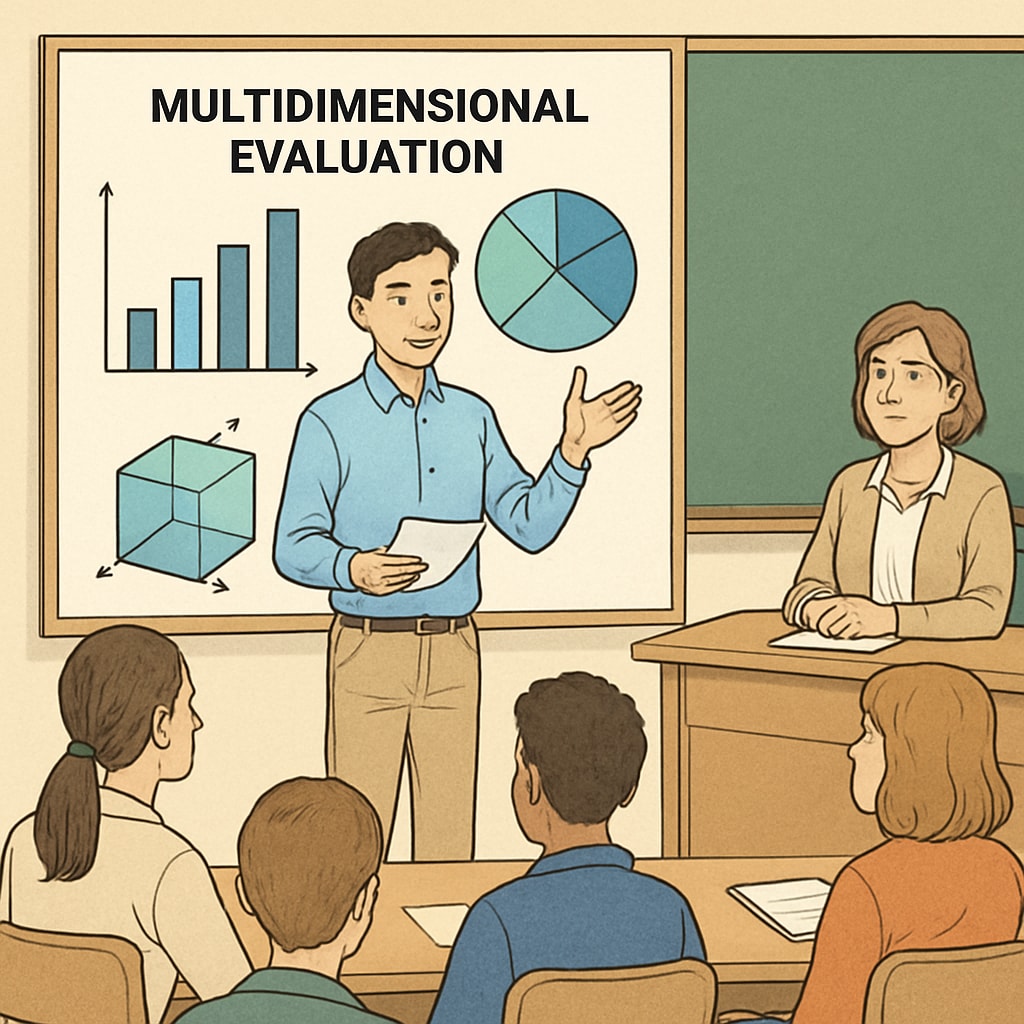In today’s education system, grades are often seen as the ultimate indicator of learning success. However, this reliance on grades as the primary assessment tool has significant limitations. The disconnect between grades and true learning outcomes has sparked discussions about the need for a more comprehensive approach to evaluating student progress. By incorporating real-time tracking and multidimensional evaluation methods, we can build a more effective and inclusive K-12 education assessment framework.
Why Grades Fall Short as a Measure of Learning
Grades serve as a convenient benchmark for academic performance, but their oversimplification of complex learning processes often undermines their effectiveness. For example, a high grade may reflect a student’s ability to memorize content rather than their deeper understanding or critical thinking skills. On the other hand, a low grade may not account for external factors such as test anxiety or personal challenges that could affect performance.
Furthermore, grades fail to capture the full spectrum of competencies required in the 21st century, such as creativity, collaboration, and adaptability. These skills are increasingly valued in both higher education and the workforce but are rarely reflected in traditional grading systems. As a result, many students and educators find themselves chasing numbers instead of focusing on meaningful learning experiences.

Real-Time Tracking: A Dynamic Approach to Assessment
Real-time tracking offers a more nuanced way to monitor student progress. Unlike static grades, real-time tracking uses digital tools and formative assessments to provide instant feedback on a student’s understanding of specific concepts. This approach enables educators to identify gaps in knowledge and address them promptly, ensuring that students stay on track.
For example, tools like learning management systems (LMS) and adaptive learning platforms can collect data on student performance as they engage with coursework. Teachers can use this data to adjust their instructional strategies, catering to individual learning needs. Real-time tracking not only enhances personalized learning but also fosters a growth mindset, as students can see their progress in real time and focus on continual improvement.
Multidimensional Evaluation: Capturing the Whole Learner
Another alternative to traditional grades is multidimensional evaluation, which assesses students across various domains of learning. This method incorporates multiple metrics, such as project-based assessments, peer reviews, and self-reflections, to paint a more holistic picture of a student’s abilities and growth.
For instance, a project-based assessment might evaluate a student’s problem-solving skills, teamwork, and creativity, while a self-reflection exercise can provide insights into their learning process and personal development. By combining these diverse metrics, educators can gain a deeper understanding of a student’s strengths and areas for improvement, moving beyond the narrow confines of letter grades.

Building a Future-Ready Assessment Framework
To transition from grades to a more effective assessment model, educators and policymakers must collaborate to integrate real-time tracking and multidimensional evaluation into the curriculum. This shift will require investments in digital tools, teacher training, and a cultural change within the education system to prioritize meaningful learning over numerical scores.
Additionally, parents and students must be educated about the benefits of these new methods to ensure widespread acceptance. By redefining success in K-12 education, we can create an environment that values skill development, critical thinking, and lifelong learning—qualities that are essential for thriving in an ever-changing world.
In conclusion, the limitations of traditional grades highlight the urgent need for a more comprehensive assessment framework. Real-time tracking and multidimensional evaluation offer promising alternatives that align better with true learning outcomes. As we move beyond grades, we can foster a more inclusive and effective education system that prepares students for success in all aspects of life.
Readability guidance: Use short paragraphs and bullet points to summarize key ideas; prioritize active voice and avoid long sentences. Include transition words for better flow and clarity.


